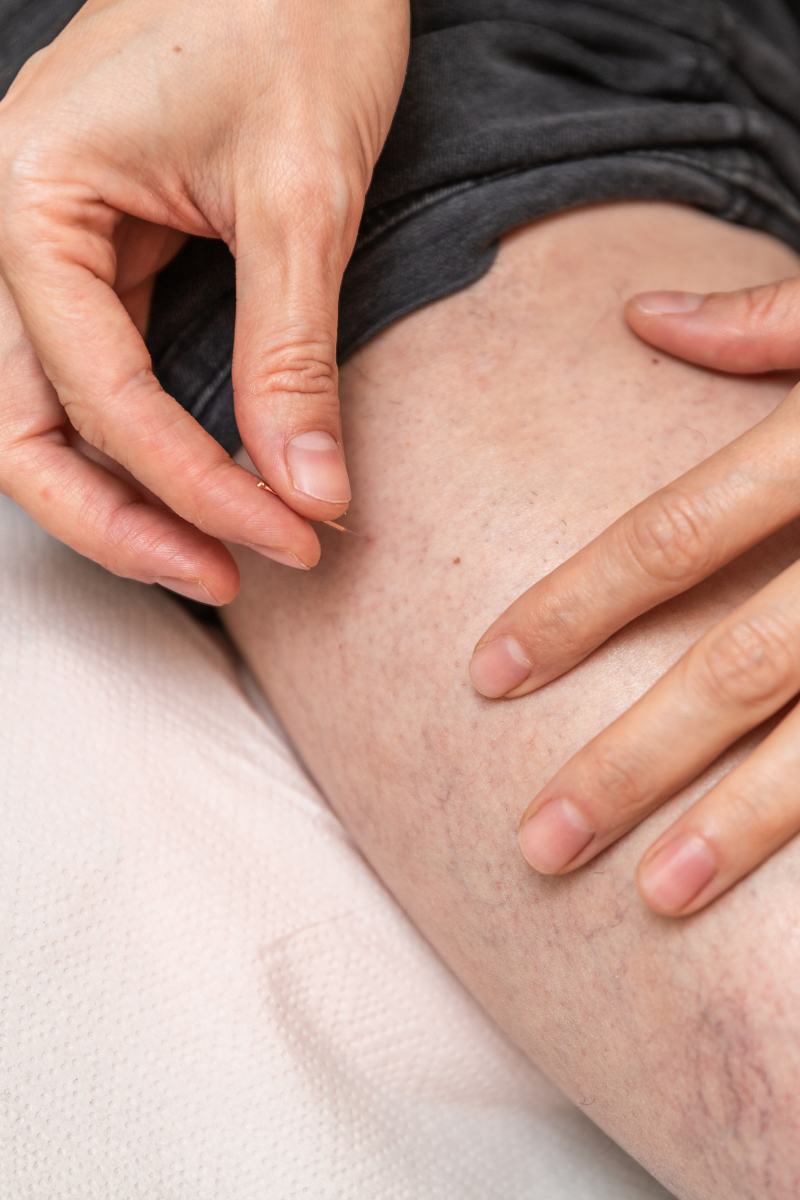
Dry needling has gained popularity in the world of physiotherapy, offering a unique approach to alleviate pain, improve function, and promote healing.
In this Blog, we will dive deep into what dry needling is, what it's used for, how it differs from acupuncture, and the myriad benefits it can bring to your recovery journey.
What is Dry Needling?
Dry needling is a specialised treatment technique used by physiotherapists to address pain and movement impairments in the body. It involves inserting thin, solid needles directly into specific trigger points or tight bands of muscle tissue. Unlike acupuncture, which is rooted in traditional Chinese medicine and focuses on rebalancing the body's energy flow, dry needling is firmly grounded in Western medicine and neurophysiology.
How is Dry Needling Different from Acupuncture?
While both dry needling and acupuncture use thin needles, they have distinct differences:
Philosophy: As mentioned, dry needling is based on Western medicine and focuses on trigger points and muscular issues. In contrast, acupuncture is rooted in traditional Chinese medicine and is often used to restore the body's energy balance (Qi).
Needle Placement: Dry needling involves targeting specific myofascial trigger points, muscles, or soft tissues responsible for pain and dysfunction. Acupuncture, on the other hand, uses a broader network of meridian points.
Needle Manipulation: In dry needling, the needles may be manipulated to create a local twitch response, helping to release muscle tension. Acupuncture needles are typically inserted and left in place for a longer period.
Training: Dry needling is performed by trained physiotherapists or medical professionals who have a strong understanding of anatomy and pain mechanisms. Acupuncture practitioners follow their own specialized training and techniques.
What is Dry Needling Used For?
Dry needling can be a versatile tool for physiotherapists, with applications in various conditions, including:
Benefits of Dry Needling:
Some of the benefits of dry needling are:
Some Examples of Areas Dry needling can be used:
Low Back Pain: Dry needling can effectively treat chronic low back pain by targeting trigger points in the lower back muscles.
Rotator Cuff Injuries: For shoulder pain and rotator cuff injuries, dry needling can relieve muscle tension and improve joint mobility.
Plantar Fasciitis: Dry needling can be beneficial in alleviating the pain and tension in the foot's plantar fascia.
Conclusion:
Dry needling is an effective addition to the toolbox of modern physiotherapy. It offers a Western medicine perspective on pain management, with a focus on musculoskeletal issues and trigger points. By understanding what dry needling is, how it differs from acupuncture, and the many benefits it brings, you're one step closer to making informed decisions about your recovery journey.
Our skilled professionals are ready to guide you towards a pain-free and active lifestyle.
Yours in health
The team from Out of the Box Physiotherapy